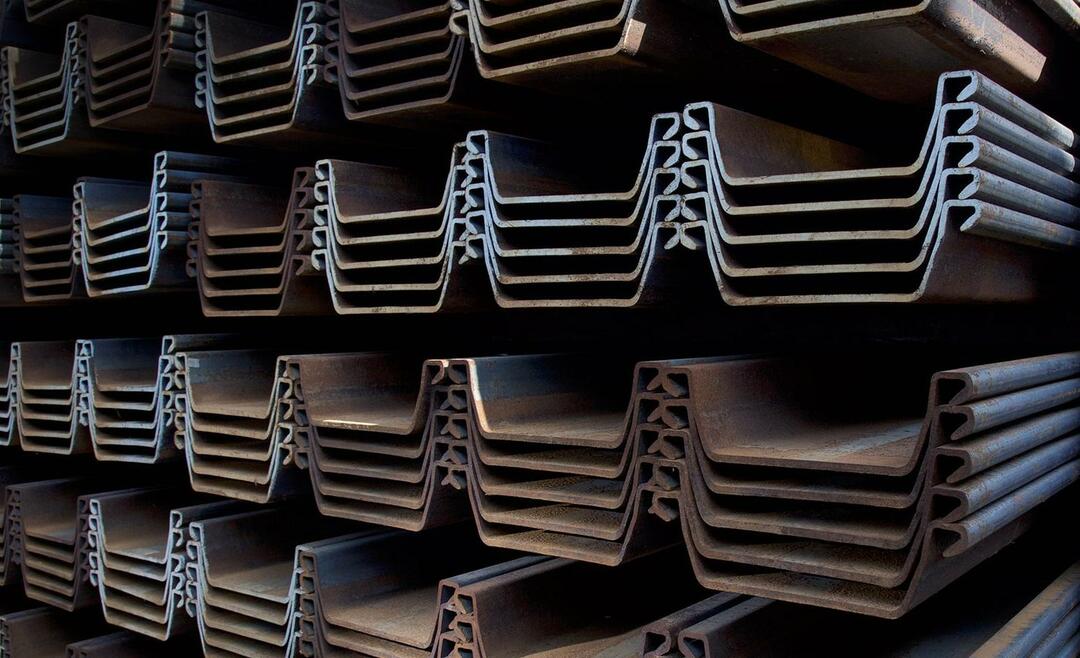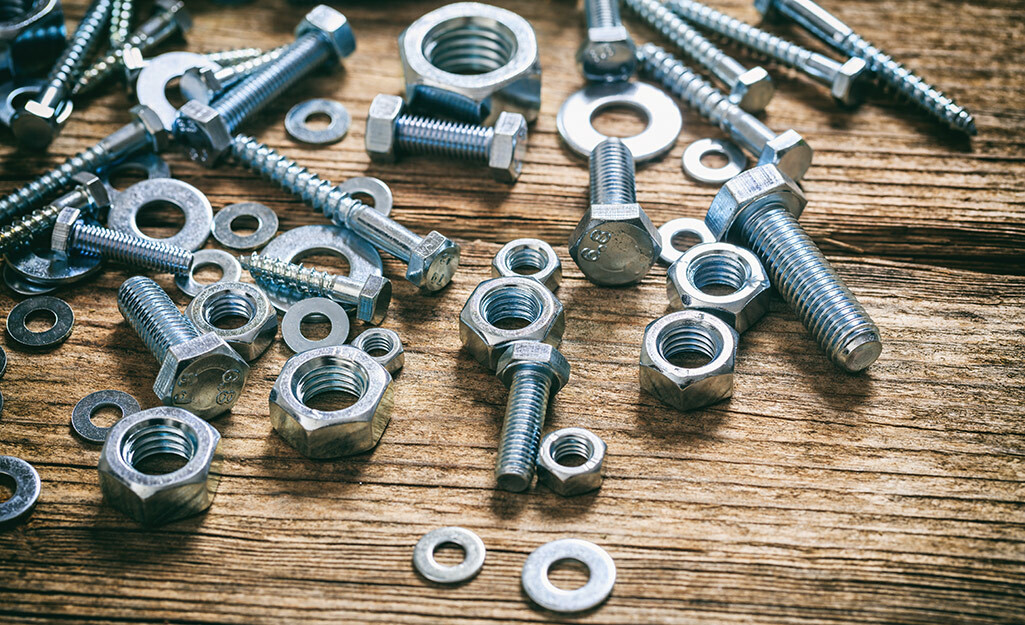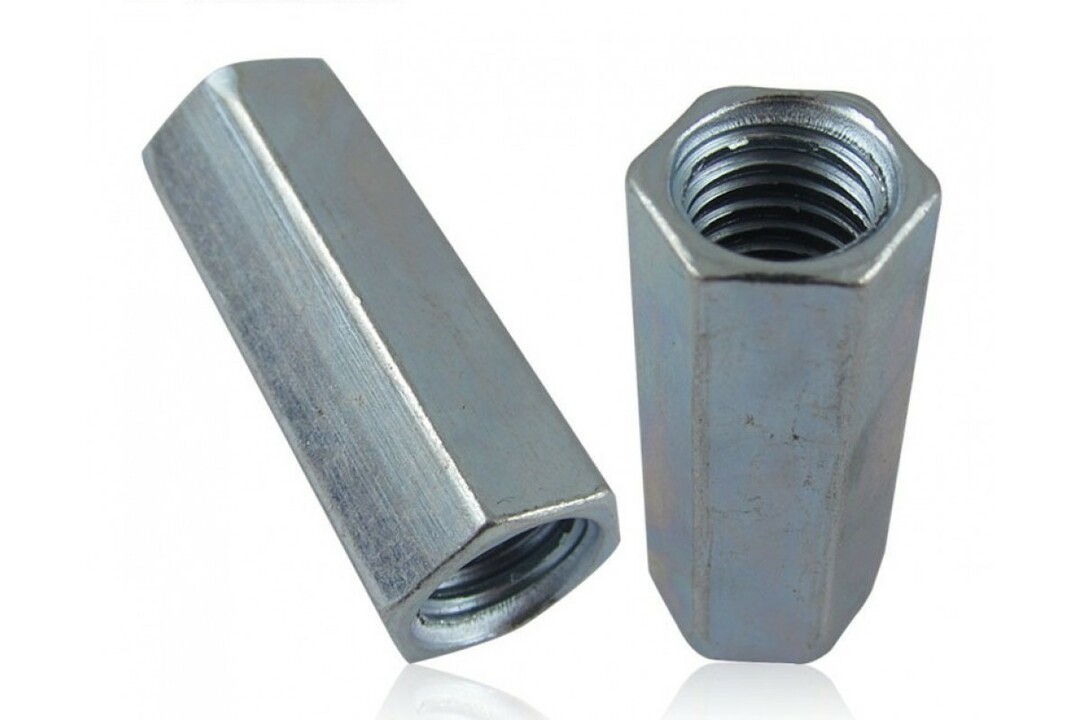The ax is an ancient tool with a rich history of use, including chopping trees, hunting animals, and weapons. Today it is most often seen in the yard or outdoors, such as at a campsite. But if in the past it had a rather primitive design, then over time this tool has improved significantly in terms of its characteristics and durability. And all thanks to technologies that have undergone significant changes over the years. Today it is a highly effective, safe and reliable tool that is found in almost every home.
The content of the article
-
Types of axes and their purpose
- Common
- Special
- The ancients
Types of axes and their purpose
There are many varieties. They are distinguished by the shape and type of the head, the length of the grip, and the material of manufacture. In fact, there are a lot of species, but one of the most important characteristics that distinguishes them is still the shape of the head. Depending on this parameter, the ax can be cutting, felling, for meat, with one blade and two-blade, and others. We propose to consider the main types of ax, as well as special ones that are not intended for domestic use.
@ 220-volt.ru
Common
This includes those that can be found, if not in every home, but quite often.
Cleaver
It is used, as a rule, for splitting firewood. It has a large and heavy head with a relatively thin edge at the end of a concave wedge. Designed for cutting along the grain, unlike conventional bush axes. For cleavers, the blade should go straight into the wood, while the wider part is pressed into it, splitting.
@ pikist.com
Felling
A professional tool for cutting down trees. It has a long and wide edge (more than 11.5 cm), a sharp blade sharpening angle, a curved shape. The latter makes it suitable for cutting fresh resinous wood such as spruce or pine. The heavy head and long handle also give the ax considerable power. It should be noted that it weighs quite a lot: it helps to increase the impact force.
@ kentofinglewood.com
For meat
Designed for cutting and cutting carcasses. It has a fairly wide blade, due to which most of the meat is captured during work. The tool itself can weigh from 3 kg.
When chopping, the most important and obvious is the ability to chop down tubular bones. An excellent butcher has no splinters - the cut is almost perfectly flat. The secret lies in a high-quality ax and a properly delivered blow.
@ freepik.com
Plotnitsky
Less common. Designed for cutting wood. There is a small notch for the finger, which allows carpenters to be more precise in any job. The opposite end of the ax has a hardened material that can be used like a hammer. Some newer models also feature a built-in nail-pulling bracket, which allows craftsmen to perform multiple tasks at the same time without having to change tools.
Sharpening is done at a 35 degree angle, otherwise the blade will get stuck in the wood.
@ drevo78.ru
Firefighter waist
The sharp-edged blade is in the traditional style, but the area opposite the cutting edge is sharpened like a pickaxe. The heads of these axes are also usually painted in bright colors so that they can be found quickly in emergencies.
@ fireman.club
Firefighter assault
It is an ax with a wooden handle and a heavy steel head, designed for firefighting work and the special requirements of the fire department. It has both a normal wide wedge for cutting and chopping wood, and a narrow pointed wedge on the opposite side. It is used for breaking doors or as a breakaway hook, as well as for lifting road surfaces and hatches.
Ice ax
A device with a metal pipe welded from the back. Designed for breaking ice and infusion on sidewalks.
It is also a climbing tool that combines an adze-shaped blade and a pickaxe on the head of a long wooden handle with a spike at the end, used for breaking ice and for support on ice surfaces.
@ yourcity.spb.ru
Roofing
Refers to a professional tool used by roofers. And although it went out of fashion due to modern inventions, many craftsmen still prefer this traditional device. Has multiple purposes, which is great if you're sitting on a rooftop and don't want to lug around a bunch of different tools. Equipped with two heads on either side of the handle. One is a sharp blade that is used to cut shingles. The other is a hammer that drives nails when attaching it to the roof. Often the head is magnetized, so you don't need to hold the fasteners in place, but instead they just snap to the front of the hammer and slide in. Roofing axes also have the added function of a knot on the side of the sharp blade.
@ usknife.com
Adze
Cutting tool with a curved blade at right angles to the handle - for cutting wood. Tesla are used for grinding or carving in hand-made woodworking, and also replaces the hoe in agriculture and horticulture.
@ drevo78.ru
Tourist
Lightweight and compact ax. The blade usually has semicircular edges to make it easier to carry around in a backpack. The design is often attractive and comes with a case. An added benefit is that the blade is so sharp that the ax can also be used as a knife.
It is a good, convenient and versatile hiking option. You can chop wood, cut down small trees and remove their branches, and clear the area of bushes and branches.
@ vitira.zakupka.com
Kitchen
An irreplaceable tool for cooking. Such a hatchet will easily and quickly help to cut a huge amount of meat, as well as finely chop the bones into soup or broth. The shape, size and type of the blade provide ease and comfort when cutting vegetables, meat and other ingredients.
@ wish.com
Special
They belong to a highly specialized purpose. As a rule, these are tools that are not suitable for all tasks, but are purchased for specific purposes.
Joiner
Similar to a carpenter's ax, but slightly smaller and lighter. The blade is straight. Used for trimming.
@ in-green.com.ua
Valashka
Combines an instrument and a cane that can be used as a light weapon. It has symbolic historical and cultural significance and is still used as a support in many traditional dances, such as odzemok. It is a lightweight instrument with a long and straight wooden shaft, often with a metal stock. The length is slightly more than 1 meter. The grip is usually engraved. In some countries it is still used by shepherds.
@ mechi-sabli.ru
Tsalda
A small hatchet made of iron, with a sickle-shaped blade. It is used to clear the land from shrubs.
Beard
Large battle axes with a wide, long blade and shaft. The cutting edge has a saber-like edge known as a beard.
@ popmech.ru
The ancients
Primitive people learned how to make an ax almost a million years ago, and not five hundred thousand years, as previously thought. Of course, over time, this instrument has improved and modernized, but some of its types have long been in the past.
Berdysh
A battle ax on an elongated shaft (ratovische), with an elongated blade of a characteristic curved shape in the form of a crescent. It was in service with the Russian infantry in the 15th-17th centuries, and for the rifle troops it served not only as an auxiliary weapon, but also as a stop and stand when firing heavy match guns. This melee weapon possesses tremendous penetrating power and, if skillfully used, can inflict severe, often fatal wounds on the enemy.
@ donjon.ru
Boarding
It was widespread in the days of the sailing fleet. Intended for sailors and pirates during boarding seizures. Equipped with a long (up to 1 m) handle, reinforced with metal plates - splints. As a rule, it was supplied with a hook on the butt, acting as a hook. Less often, there was a blade of a blade.
@ vk.com
Stone
Prehistoric hand tools, the working part of which was made mainly of stone, flint, rhyolite, quartzite and other large rocks.
@ warshistory.ru
Celt
Similar to a regular ax, but without a groove, and they were inserted perpendicular to the axis of the grip, not parallel to it. In the early Neolithic, it was intended for tree felling and wood processing. Basically, it was granite or some other durable stone, polished to a perfect shine.
@ livemaster.ru
Mint
An ax with an elongated butt in the shape of a hammer. In addition to their combat purpose, they also served as an excellent counterbalance to the blade and contributed to a more accurate strike.
@ livemaster.ru
Klevets
It is very similar to a pickaxe - a narrow, elongated blade that easily pierced armor due to the small area of the striking surface.
@ popgun.ru
Tomahawk
An ax previously used as a tool or weapon by some Native American peoples.
It does not have a "standard" weight, as tactical tomahawks can be made of very lightweight materials, and the size of the grip and blade is usually different. Tomahawks aren't really meant for chopping down trees or firewood: they were originally a combat weapon.
@ popmech.ru
Executioner's Ax
In Europe, the broad instrument gradually began to replace the sword as the preferred beheading instrument in the second half of the Middle Ages. The last execution with such a weapon in Sweden was the murderer John Philip Nordlund. It was carried out by the national executioner Albert Gustav Dahlmann at the Westeros County Jail on December 10, 1900. It was then replaced by an execution guillotine.
@ ru.dreamstime.com
Francis
It was used mainly as a hand weapon in close combat when it was necessary to hold it with a strong grip. It has an unusual shape and was clearly designed as an effective throwing weapon. When thrown correctly, makes several rotations in the air before the ax blade hits the target.
@ popmech.ru
Subscribe to our Social Networks


